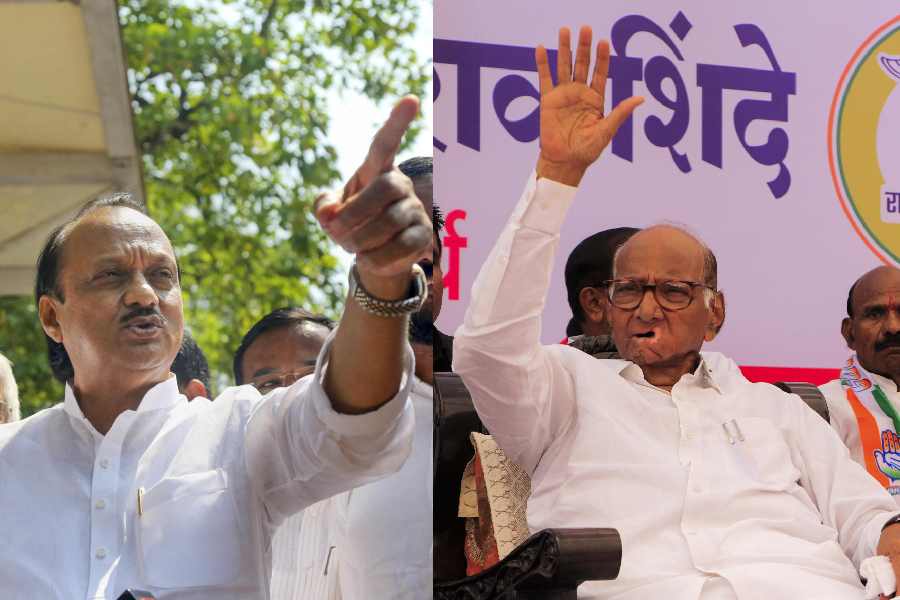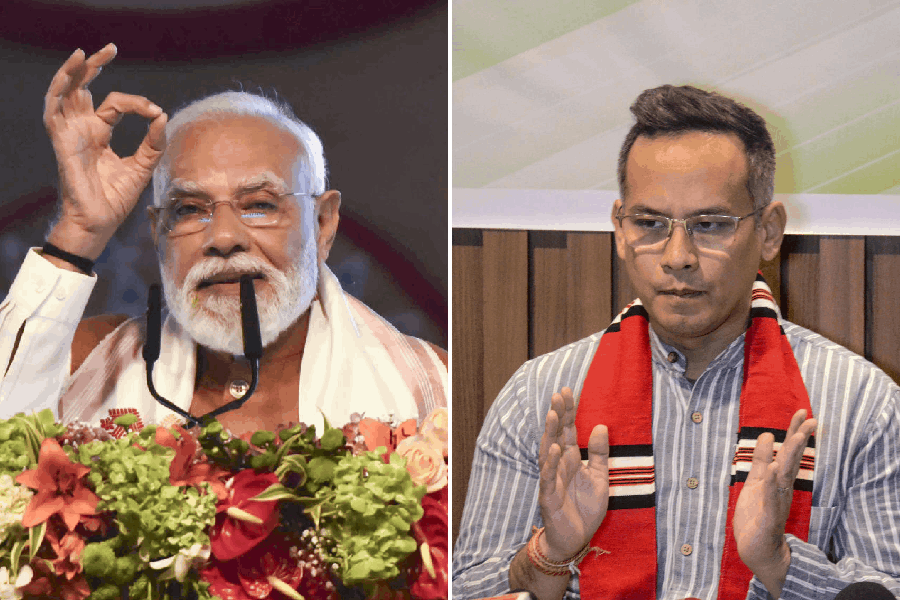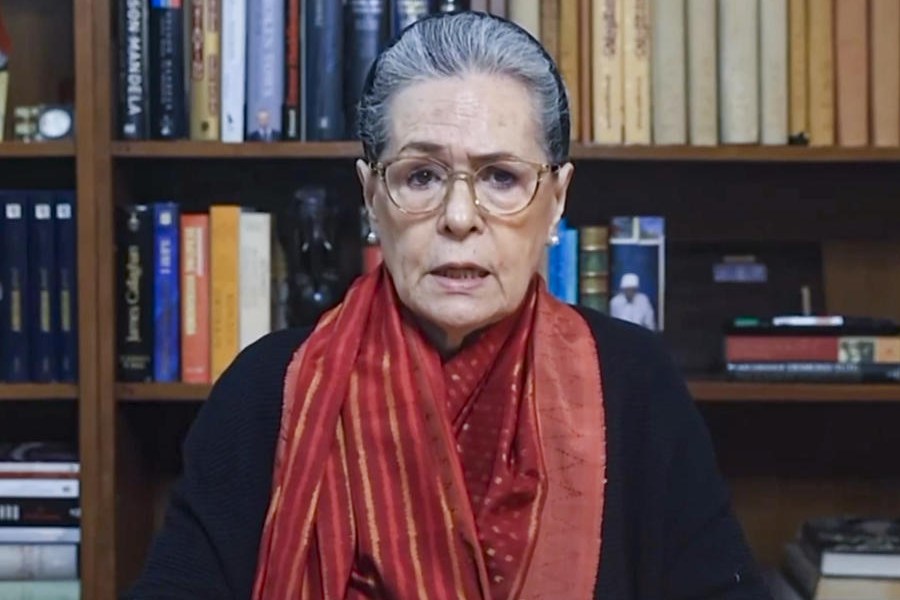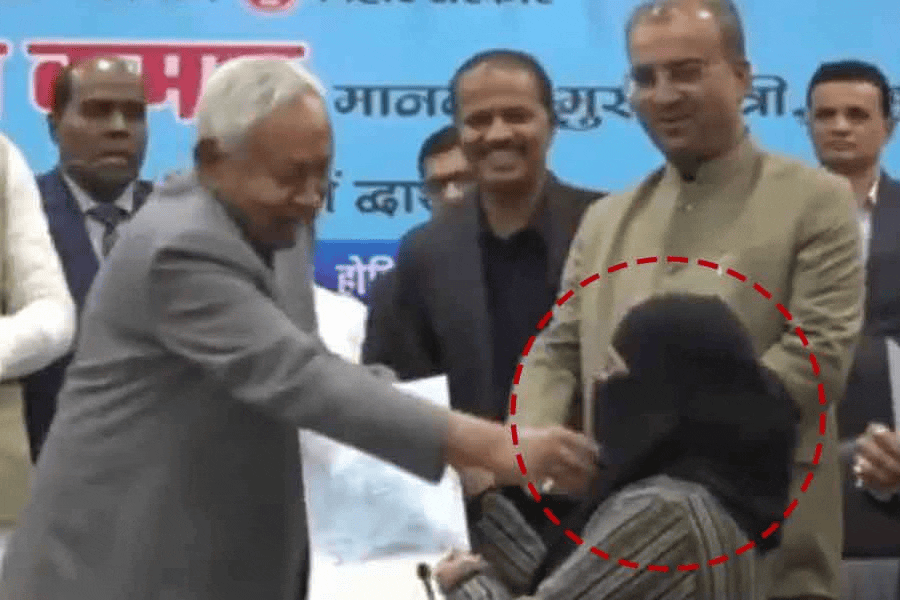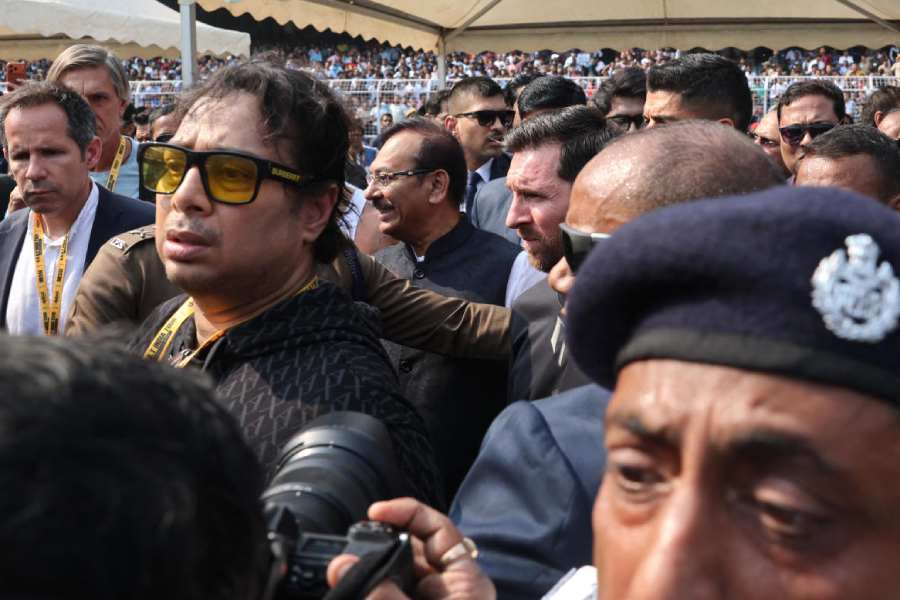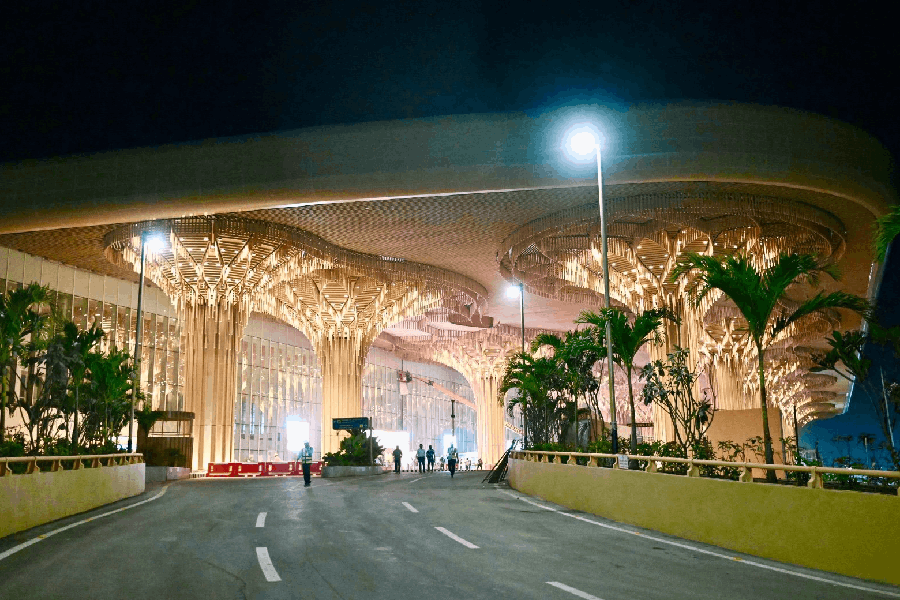At 10 on a Monday morning in late April, assistant secretary, Avinash Vekhal (61) is the only one present at the Nationalist Congress Party (Sharad Pawar) office in the heart of Pune. “After the NCP split, most party leaders and many key workers went with Ajit Dada but I stuck with Pawar Saheb,” he said, recalling his 22 years of loyalty towards senior Pawar.
“Now, the decision is in the people’s court. The people will decide who represents the real NCP — Pawar Saheb or Ajit Dada?” he said.
The BJP’s vengeance-filled move to engineer splits in the two major regional parties, the NCP and the Shiv Sena, has scarred the political landscape of Maharashtra. Now all eyes are on the Marathi electorate to reshape the political axis in this key western state.
Maharashtra, with 48 Lok Sabha seats, the second highest after 80 in Uttar Pradesh, has emerged as the key battleground in this general election. Many feel the state could make or break Prime Minister Narendra Modi’s aim of returning to power for a third straight term with even greater numbers than in 2019, possibly 400-paar.
The BJP in alliance with the united Shiv Sena had then swept 41 of the state’s seats and has set a target of 45 this time, banking on the Modi factor and their success in having broken the backbone of the two regional regional satraps — veteran Sharad Pawar, who headed the united NCP, and Uddhav Thackeray, the heir of the Bal Thackeray-founded Shiv Sena.
But, say many voters, the ground reality in Maharashtra could dash Modi’s, and the BJP’s, hopes.
“People are confused because they have lost trust in politicians who are changing colours faster than a chameleon,” says Omkar Landge, a young voter in Pune. At the same time, Landge, who works in a private firm, held the BJP responsible for splitting the Marathi parties by using the “CBI-ED”.
“Ajit Pawar ditched his guardian Pawar Saheb only because of the fear of landing in jail. The BJP should pay a price for the sins (of dividing parties and families),” says the 25-year-old.
Both Uddhav and the senior Pawar, powered by a strong regional sentiment, have been drawing huge crowds at their rallies.
“This is not your (Modi’s) degree...This is the ‘asli’ (real) Sena and you will know on June 4 (the election result day) how hard this Sena can hit,” Uddhav, who lost the name and symbol of the party founded by his late father Balasaheb Thackeray after the split, told an election rally. He was responding to Modi’s jibe at his faction being the “nakli Sena”.
Senior Pawar too has lost the “ownership” of the NCP and the “clock” symbol to his nephew Ajit. The Uddhav faction of the Sena has been allotted the “burning torch” while Pawar has got “a person blowing tutari (trumpet)” symbol from the poll
panel. It’s almost an existential battle the two are pursuing.
In addition to the sympathy factor linked to Marathi pride, the anger among the electorally influential Marathas over the non-implementation of their demand to be given reservation under the OBC quota and anger among farmers over the steep rise in prices of fertilisers, appears to have eclipsed the Modi factor in the state to a great extent.
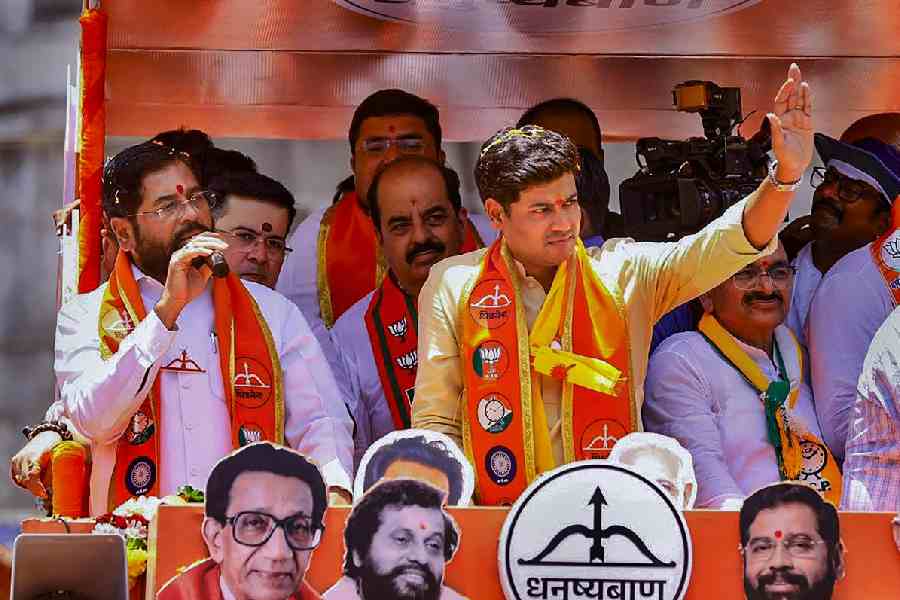
Maharashtra CM Eknath Shinde with Shiv Sena (Shinde faction) candidate Skrikant Shinde at a roadshow before the latter filed his nomination papers for Lok Sabha polls, in Kalyan, Mumbai PTI
The biggest fault line in this election, however, is the undercurrent of tension between the Marathas and the OBCs over reservations. The OBCs, who are divided into hundreds of castes and account for nearly half of the state’s population, are angry over the socially and economically better-off Marathas (approx 28-30 per cent) demanding a share in their wider 27 per cent reservation quota pie.
The BJP-backed Eknath Shinde government in the state has sought to play it safe by allotting a 10 per cent separate quota for the Marathas in state government jobs and admission in state government-run educational institutions, not touching the OBC pie. This has angered the Marathas but at the same time not pleased the OBCs as well. The OBCs, like the Marathas, are not known to vote as a bloc in favour of any party, and they fear that Shinde, a Maratha, could ultimately succumb to political compulsions and grant backward status to his community.
“The OBC voters will consolidate behind the BJP and so there is little chance of our party suffering losses. Whatever damage of the Maratha anger would be borne by
our partners, the Shinde faction of Sena and Ajit Pawar’s NCP,” said a BJP leader in Mumbai. This leader pointed out that Maratha quota leader Manoj Jarange Patil has been hitting out at their leader Devendra Fadnavis, the deputy chief minister of the BJP. “This will only consolidate the OBCs behind the BJP,” he claimed.
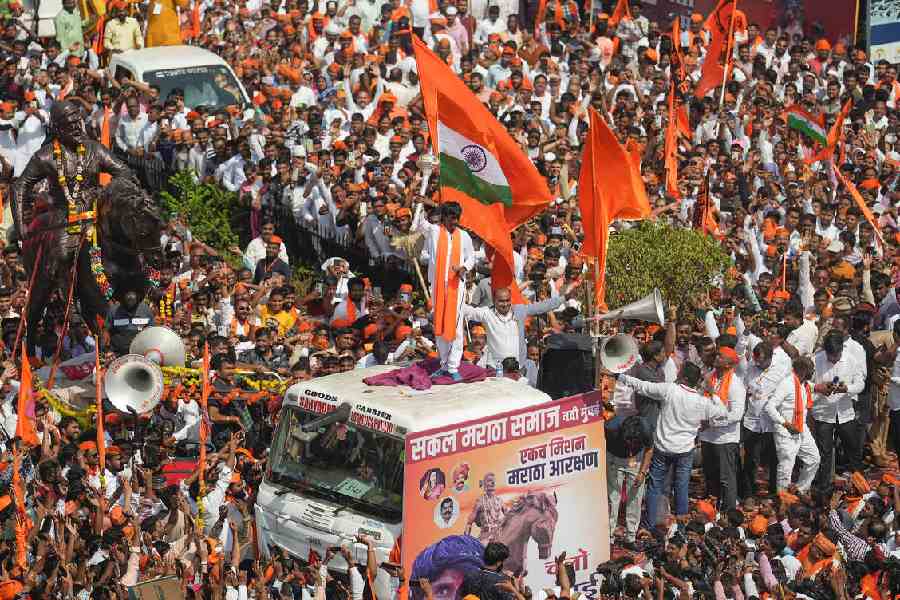
Navi Mumbai: Maratha activist Manoj Jarange Patil and his supporters during their march for reservation PTI
If the OBC factor really works in the BJP’s favour, then the party could hope to scrape through with minor losses out of the 28 seats it is contesting. The overall losses for the
NDA, however, could be major if the claim of the BJP leader comes true since the Shinde faction is contesting 15 seats, junior Pawar’s NCP 4 and one seat has gone to a
local party.
The real battle for Maharashtra, however, is expected to play out in the Assembly polls later this year and the Lok Sabha results will set the stage for it, with the fate of regional satraps at stake “under attack from the Modi-Shah BJP”.
35 of Maharashtra’s 48 seats voted in the first four phases. The remaining seats will vote on May 20

